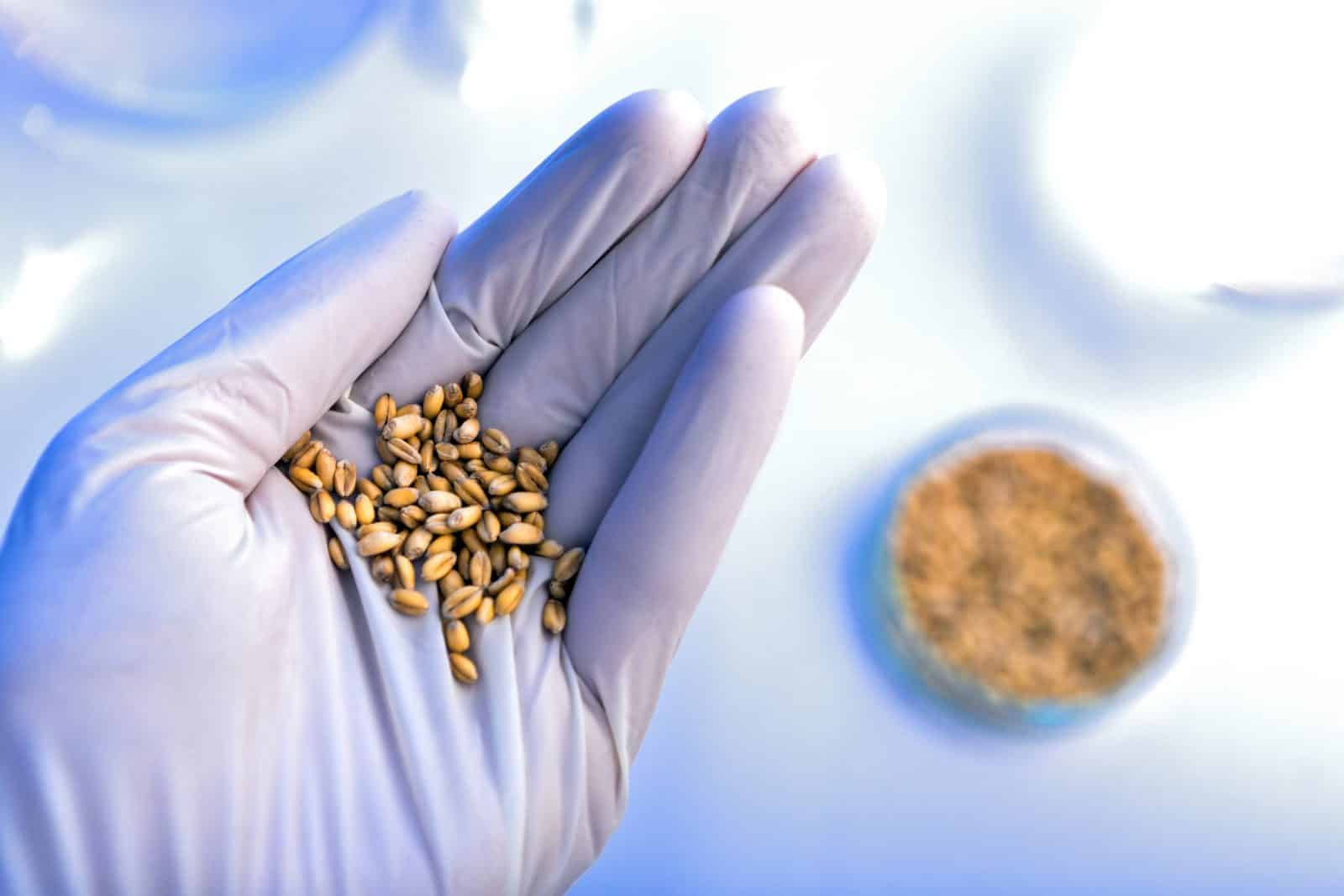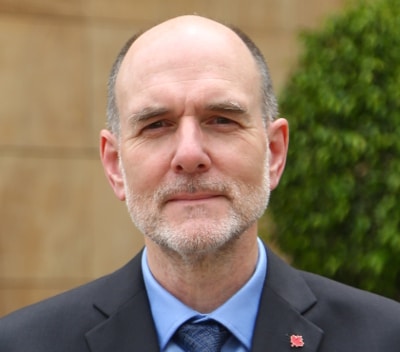Two long-time stalwart organizations merge with the renewed goal of funding research, informing policy and creating a bigger impact within the seed industry’s scientific community.
By combining forces and working toward the same goals, the boards of directors for the National Council of Commercial Plant Breeders and the American Seed Research Foundation recognized the synergies and ability to make an impact to be gained. That’s why the two organizations during their June board meetings made the decision to merge and create the Seed Science Foundation, a new not-for-profit foundation.
“The Seed Science Foundation will be a proactive and integrated source of plant science expertise for the U.S. seed industry,” says Ric Dunkle, American Seed Trade Association (ASTA) senior director of seed health and trade. “It’s something I’m really excited about, and I think it will have much more of an impact in advancing basic research, working with students and informing policymakers.”
With the mission to address seed and plant science challenges and to encourage plant breeding education and seed research, the Seed Science Foundation will support the ever-changing needs of the global seed industry. According to a news release from ASTA, it will also continue efforts to fund public research programs in basic seed science and to explore opportunities for public and private research organizations to further their knowledge of “how seeds work the way they do.”
Established in the 1950s, both the American Seed Research Foundation and the National Council of Commercial Plant Breeders have long and impactful histories. Historically, the foundation has worked to encourage basic research in seed biology with the potential application to multiple crop species and then facilitating the transfer of that research to benefit the seed industry, farmers and consumers around the world. Meanwhile, the council encouraged cooperation, partnering and mutual support of private, public and student plant breeders.
The new Seed Science Foundation will serve as a valuable resource for ASTA as it works to deliver on its strategic objectives. Dunkle, who will serve as one of two ASTA staff liaisons, explains that the foundation will provide insight and recommend solutions that enable the U.S. seed industry to function with global effectiveness. For example, global discussions of evolving plant breeding methods and phytosanitary issues impact all of us, he says. Having this proactive and integrated source of seed and plant science expertise is invaluable to those who are involved in these discussions.
[tweetshare tweet=”There’s no reason why we shouldn’t be having conversations, working together and even co-funding projects that have the potential for a much broader impact, says Ric Dunkle. ” username=”@SeedWorldMag”]
One of the key goals of the foundation is to identify and support funding mechanisms for new plant science research programs, including private industry, foundations and public funding. Dunkle says neither of the organizations have historically been too successful in connecting with and attracting dollars from the likes of the Bill & Melinda Gates Foundation, National Security Agency and the National Institute for Food and Agriculture.
“Our scope of work directly aligns with the efforts of many of these organizations,” Dunkle explains. “There’s no reason why we shouldn’t be having conversations, working together and even co-funding projects that have the potential for a much broader impact than just the seed industry.”
Additionally, he says the Seed Science Foundation will help facilitate several student programs within ASTA’s revitalized student connections efforts. Encouraging the next generation of talent to join our industry is extremely important, Dunkle adds.
Moving Forward
In a transitional phase, the board of directors of the Seed Science Foundation is comprised of leaders from the American Seed Research Foundation and the National Council of Commercial Plant Breeders.
For individuals and companies interested in learning more about membership and to become a founding member of the new foundation, contact ASTA’s Ann Jorss at ajorss@betterseed.org.
Foundation membership will be structured similarly to ASTA’s in that small companies will have the same voice as large companies — one member equals one vote.
Jorss says the goal is to announce the new slate of directors for the board at the association’s annual Corn, Sorghum & Soybean Seed Research Conference in Chicago, Ill., in December.
Before merging funds, both organizations will undergo an audit. Once approved, the new board will consist of 10 members: six subject matter chairs, one person from the American Seed Research Foundation, one person from the National Council of Commercial Plant breeders, and two members from ASTA’s board of directors. Additionally, the president of the board will have a seat on ASTA’s board of directors as an ex-officio member.
Subject matter chairs will represent the areas of breeding systems, seed health and pathology, digital agriculture, seed quality and testing, seed production technology and equipment, and seed-applied technologies. These chairs will be responsible for developing, reviewing and managing projects specific to their area of expertise, and each will maintain a list of experts to draw upon as needed to work through industry issues.
“This expertise is critical to the evolution of the U.S. seed industry as it participates on the global stage,” Dunkle says.












